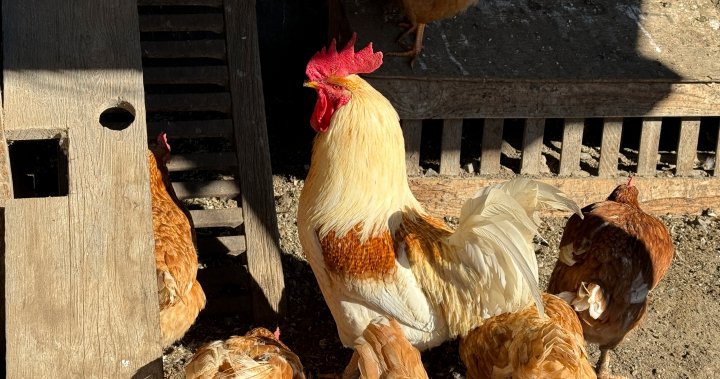
Bird flu: Experts urge more surveillance in Canada — before it’s too late
Global News
Experts are urging Canada to boost its surveillance of the bird flu after traces of it were found in milk in the U.S. and it has spread among dairy cattle in the U.S.
Some experts are urging Canada to boost its surveillance of the bird flu before it’s too late, as it spreads among dairy cattle in several U.S. states.
“Our eyes have to be wide open and be confident in our judgment about whether the virus is here (in Canada) or not,” Matthew Miller, director of the Michael G. DeGroote Institute for Infectious Disease Research at McMaster University, told Global News.
“If the virus is here, that would change the biosecurity recommendations around how individuals who work with cattle protect themselves and what measures we might put in place to prevent the further spread of the virus within cattle.”
On Friday, the U.S. Centers for Disease Control and Prevention (CDC) recommended cattle workers wear protective gear. The guidance comes just over a month after it was reported one worker in Texas contracted the virus after coming into contact with dairy cattle — an instance a study released by The New England Journal of Medicine Friday says could be the first known mammal-to-human transmission of the virus. The man was reported to have no fever but red, swollen eyes.
The spread of the virus, known as H5N1, from birds to dairy cattle has been a major development, and traces of it have since been found in grocery store milk in the U.S., according to the U.S. Food and Drug Administration (FDA).
The agency stressed that the material is inactivated and that the findings “do not represent actual virus that may be a risk to consumers.” Officials added that they’re continuing to study the issue.
Miller said it was only in January that experts thought the risk of the virus jumping into cattle was very, very low. That all changed in March, when it was detected in cows, and has since spread to nine states.
Miller said Canada needs to do systematic surveillance of cattle to make sure the situation here doesn’t mimic the one in the U.S. Knowledge that the virus can jump into cattle has created a new urgency, he said.











